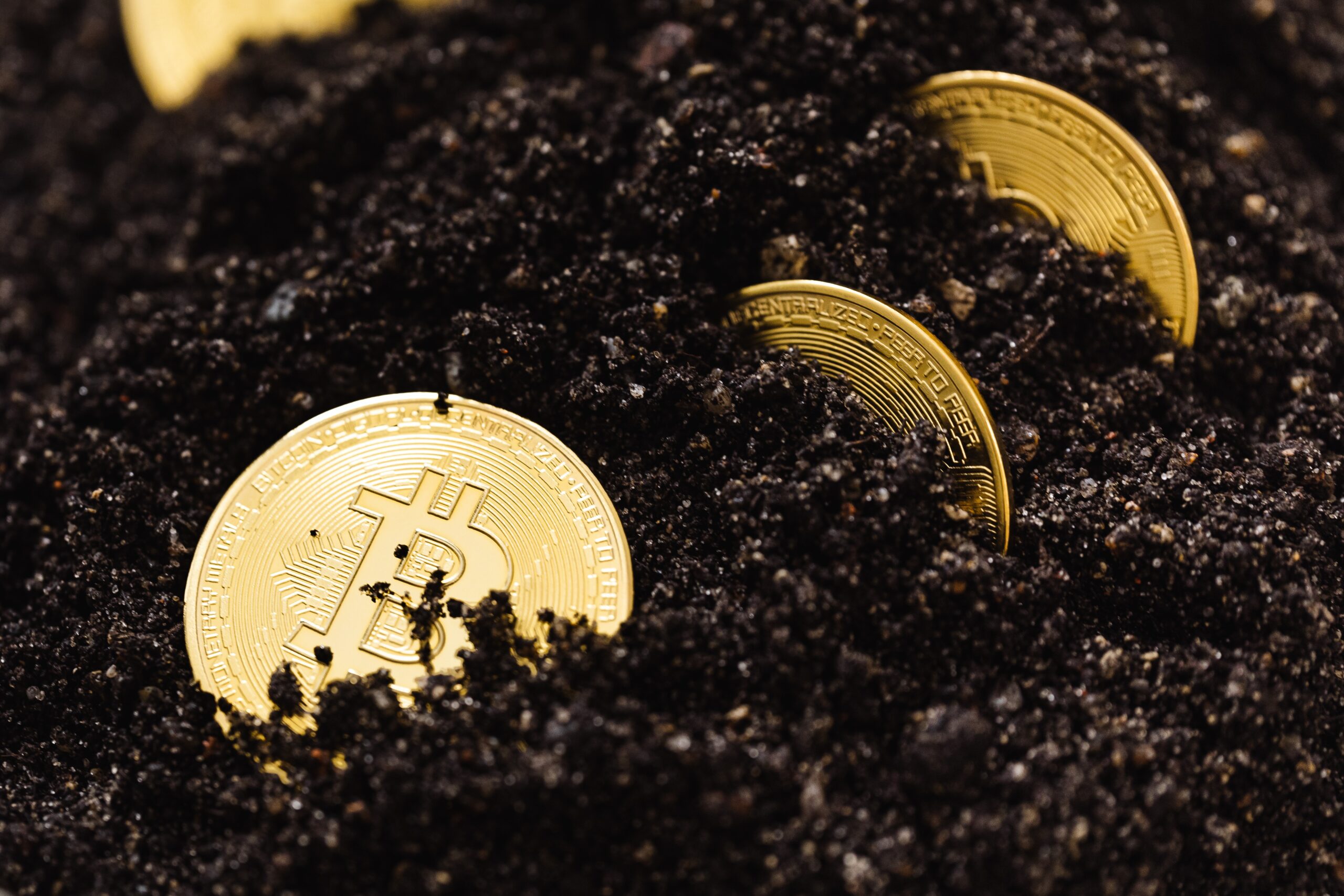Paper Wallet for Сryptocurrencies: How to Use
Using a paper wallet for cryptocurrencies is one way to store digital currency that doesn't need to be connected to the Internet. This was a very popular way to store bitcoins right after they were first introduced, but software and hardware wallets have since made it less popular....

Using a paper wallet for cryptocurrencies is one way to store digital currency that doesn’t need to be connected to the Internet. This was a very popular way to store bitcoins right after they were first introduced, but software and hardware wallets have since made it less popular. No longer are paper wallets the only safe option; software wallets and hardware wallets are also available.
How Does a Paper Wallet Work?
These are the keys and QR codes that are needed to access the wallet, and they are printed out in physical form on a piece of paper. Designed for use in conducting transactions involving cryptocurrencies. They are very safe because they are disconnected from the Internet; nonetheless, there are a lot of risks associated with using them.
Visit the online home of one of the specialized generators that will generate keys and QR codes in a manner that is completely random in order to make a paper wallet for the Bitcoin cryptocurrency. During the key generation process, it is highly recommended that Internet access be turned off, and at the end of the process, the browser’s history should be cleared. In a perfect world, a wallet would be made on a brand-new piece of hardware that is guaranteed to be free of spyware.
After that, the keys are dispatched to be printed. In the not too distant future, in order to gain access to the funds, you will be required to scan QR codes using a “hot” wallet, which is a wallet that is linked to the Internet.
A paper wallet can protect from a variety of online threats, including viruses and hacking, using a paper wallet. When properly applied, the likelihood of an adversary having access to the funds is reduced to almost nothing, and in some cases, completely removed. Another concern relates to the safety of the actual document in its entirety. More consideration should be given to the potential drawbacks of adopting paper storage.
How to safely store cryptocurrency on paper
If you still believe that it is OK to store cryptocurrency in a paper wallet, you should ensure that it is protected by taking the necessary precautions.
Protect the paper from tearing and fading by laminating it. Keep your wallet in a secure location where only you can get to it. If we are dealing with significant sums, it is recommended that you invest in a safe that includes a combination lock. You might also make use of a mechanical device such as Cryptosteel or one that is functionally identical. These devices help to store sensitive information such as passwords, keys, and mnemonic SEED phrases.
You are able to generate many copies, each of which will only contain a portion of the seed phrase or the key. Even if someone locates a single duplicate of the document, they will be unable to access the funds.
What are the Benefits and Drawbacks of Using Paper Cryptocurrency Wallets?
Benefits
- Safeguarding against malicious software, keyloggers, trojan horses, and viruses.
- Protection against assaults by computer hackers.
- Protection from the interference of government agencies responsible for taxes or law enforcement
- No fees for opening storage.
Drawbacks
- The risk of stealing keys during the generating process or while they are being printed.
- paper’s capacity to deteriorate physically over time.
- There may be a format problem with the private key.
- You are unable to change your receiving address for each incoming transaction.
- Paper wallets are impractical for use in situations when several transactions are required.
How to Protect Crypto on Paper Wallet?
In circumstances where dependability is of the utmost significance, you will be required to invest a little bit more time in the creation of a wallet. To accomplish this, it is strongly suggested that a new computer be used, that a paper wallet be created offline, that shared printers not be used, and that any and all manipulations be performed while using an operating system based on Linux. After the printout is complete, laminating it and putting it in a secure location is recommended.
